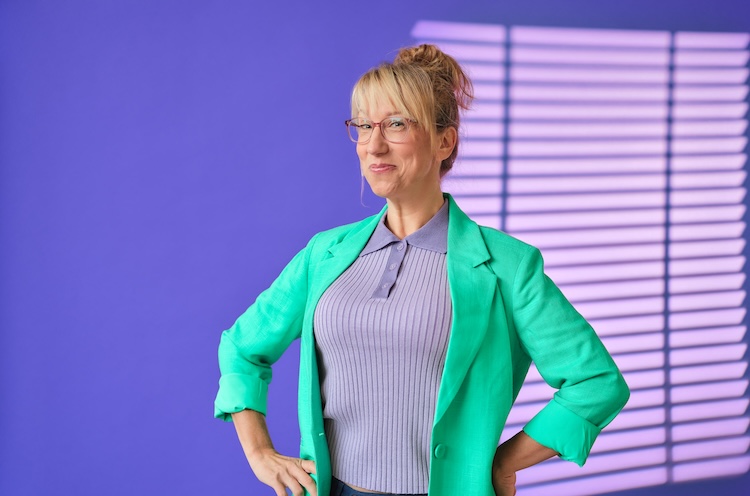The conveyance date is the date that buyers and sellers include in the preliminary purchase agreement to determine when the property is transferred from sellers to buyers at the notary.

On the conveyance date, the seller will transfer the so-called "title" of the property to the buyer. The buyer is obliged to pay the remaining amount of the purchase price. A public notary performs this process and its verification. The buyers get the keys to the house when everything is in order.
When is the date of conveyance?
The conveyancing date cannot be set before the bank has given the go-ahead for the transaction and transferred the money to the notary's 'third-party account'. Cash settlement is hardly an issue anymore since the hunt for black money has been stepped up.
The transfer date can occur quite early if the house for sale is not occupied or full of furniture. This is often in the interest of the sellers, who want their money quickly.
The occupants must first move if the house is occupied and still full of furniture. Sometimes, the timing of the move depends on the possibility of transition to their new address.
Tip: go for cash on the nail. You should get the keys to an empty and broom-clean house at the legal transfer at the notary.
On average, there are about 2.5 months between signing the provisional sales agreement and the conveyance date.
When do you agree on the conveyance date?
The conveyance date is part of the negotiations and does not have to be fixed immediately. It is often phrased as "no later than four months after signing the provisional deed". The bank will also demand clarity.
So how does a conveyance date finally come about?
When drawing up the preliminary sales agreement, it is advisable to include a date for the actual conveyance date by mutual agreement. This is important because a notary will take care of this 'transport' of the property, and they must have some time in their schedule.
No notary is needed to fix the conveyancing date. Usually, buyers choose the notary and can request quotes from notaries. Preferably notaries in the region because of travel costs.
What does a day of conveyance look like?
On the day of the key transfer, the buyer and the seller have a signing appointment at a notary's office. There, the 'transport' of the property takes place or the legal transfer of ownership.
Beforehand, buyers had the opportunity to inspect the property again. It is up to them to use this 'final inspection'. It is not an obligation.
The preliminary deed of sale is transferred to a formal deed of sale at the notary's office. Any reservations in the provisional sales agreement, under which the sale can be canceled, will lapse. The notary reads out the deeds. This is done in Dutch.
An official interpreter must be present if someone is not fluent in Dutch. The notary's office can secure an interpreter.

Ga je een huis kopen?
Boek je gratis oriëntatiegesprek met een Walter-adviseur. Wij begeleiden je bij het kopen van je volgende woning.
Plan een gratis kennismakingLees verder



Walter Living is geregistreerd in Nederland op het adres Walter Tech, B.V. Singel 542, 1017AZ, Amsterdam. Ons KvK-nummer is 73708585 en ons BTW-nummer is NL859636033B01.
Diensten
Liever even contact via WhatsApp? Stuur een appje naar 085 080 6860


